4 Waterwise Houseplant Care Tips
1. CHOOSE A DIFFERENT SOURCE OF WATER

Take note, however: you may not be able to reuse the rainwater if you live in an area with high airborne pollution. Consider the following instead:
- Spring or Stream Water : Natural springs or streams are another great alternative source of non-municipal water. If you have access to one of these sources close by, simply take an empty bottle or two with as you go outdoors to collect water. Not only will you get some fresh air and exercise, your plants will appreciate the high natural mineral content of these sources as well.

2. REUSE EXISTING WATER
Greywater is the generic term that refers to relatively clean waste water from showers, sinks, and washing machines. This water, once collected, can be stored for around 24 hours, thereafter it may develop an unpleasant odour.
Although greywater containing standard cleaning detergents can be re-used, using chemical free or biodegradable cleaning detergents is better for the environment and your plants. Try to look for products that list natural cleaning compounds in them, such as natural fragrances and oils.
- SINK - collect dishwashing water, if it is not too dirty or fatty: Reusing the rinsing water (if you have a separate sink to do dishes in) is a perfect source of grey water, as the existence of grease, food particles, and detergent is much lower than in the actual soapy dishwashing water. Reusing soapy dishwashing water is also possible if greasy items have not been washed in it.
- Simply scoop the water out of the sink and into a larger vessel, from where you can continue to water your plants. Straining the greywater through an old nylon stocking to remove any excess food particles will reduce the risk of introducing unwanted bacteria in your potted plants.
TOP TIP: Place a bowl in the sink to catch water from rinsing fruit and vegetables or washing hands. Water used to boil eggs and vegetables can be used for watering plants – just remember to let it cool first!
- WASHING MACHINE – move the outlet pipe of the machine to a large bucket or sink/bath to collect the water for re-use: The rinse-and-wash water left over from washing clothes is re-usable. If you want to recycle the soapy water, try to use a biodegradable washing detergent. Collected rinse water can be re-used to wash the next cycle of clothing if you are washing by hand or own a top-loader. Alternatively, this water can be used for cleaning floors, bathrooms, or watering your precious indoor house plants.
3. MAKE A BUCKET A PERMENANT FEATURE IN THE SHOWER
Showering with a bucket is another great way to collect water, as the shower water typically does not contain a high concentration of soap. Small quantities of oil, dead skin and hair may remain, but these can easily be filtered out with a reusable dishcloth. Bath water can also be used, but we hope that your bathing days have long past!
4. CHOOSE WATERWISE PLANTS
Whether you are starting an indoor garden or want to add to your existing plant family, look for waterwise plants such as succulents or cacti.

Here are some great waterwise resources to educate yourself further:






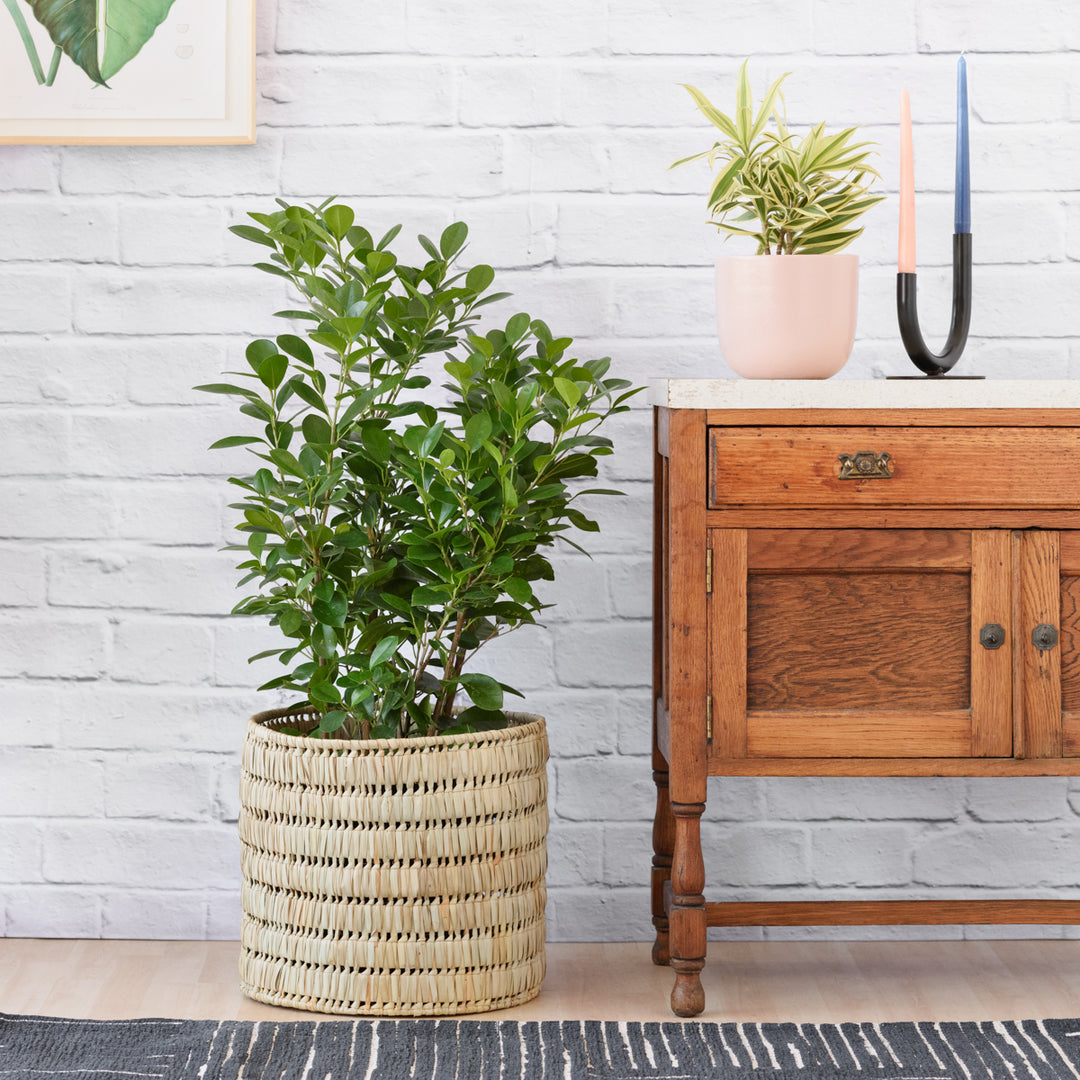
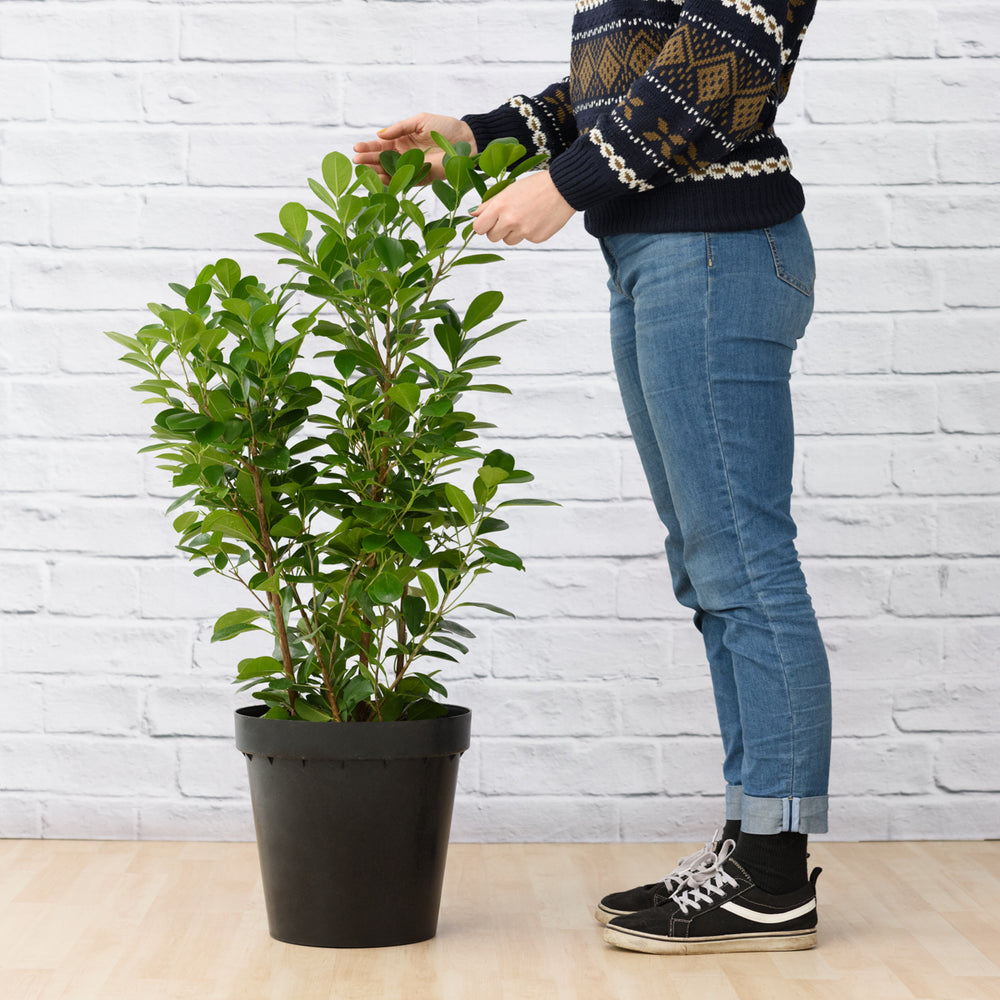
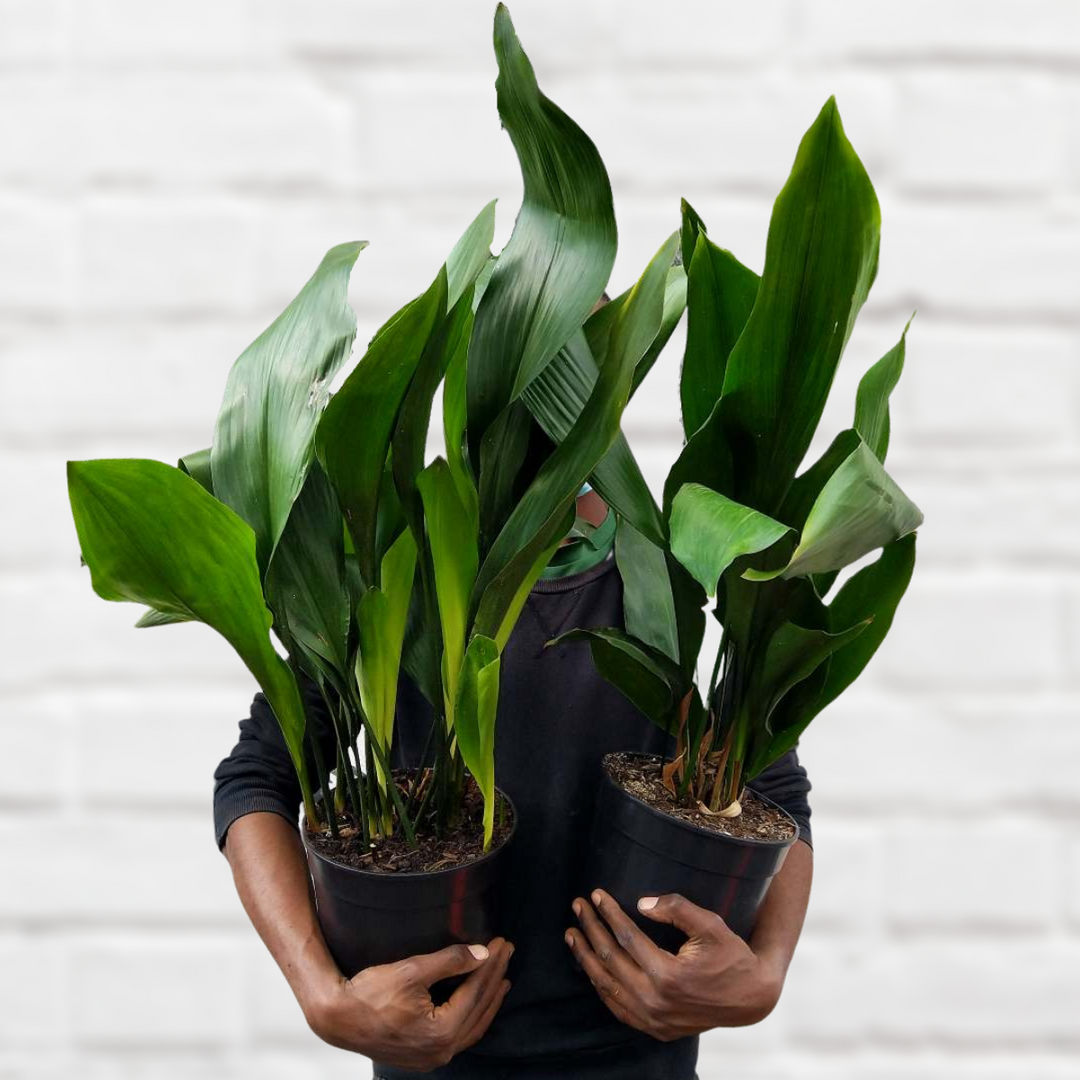
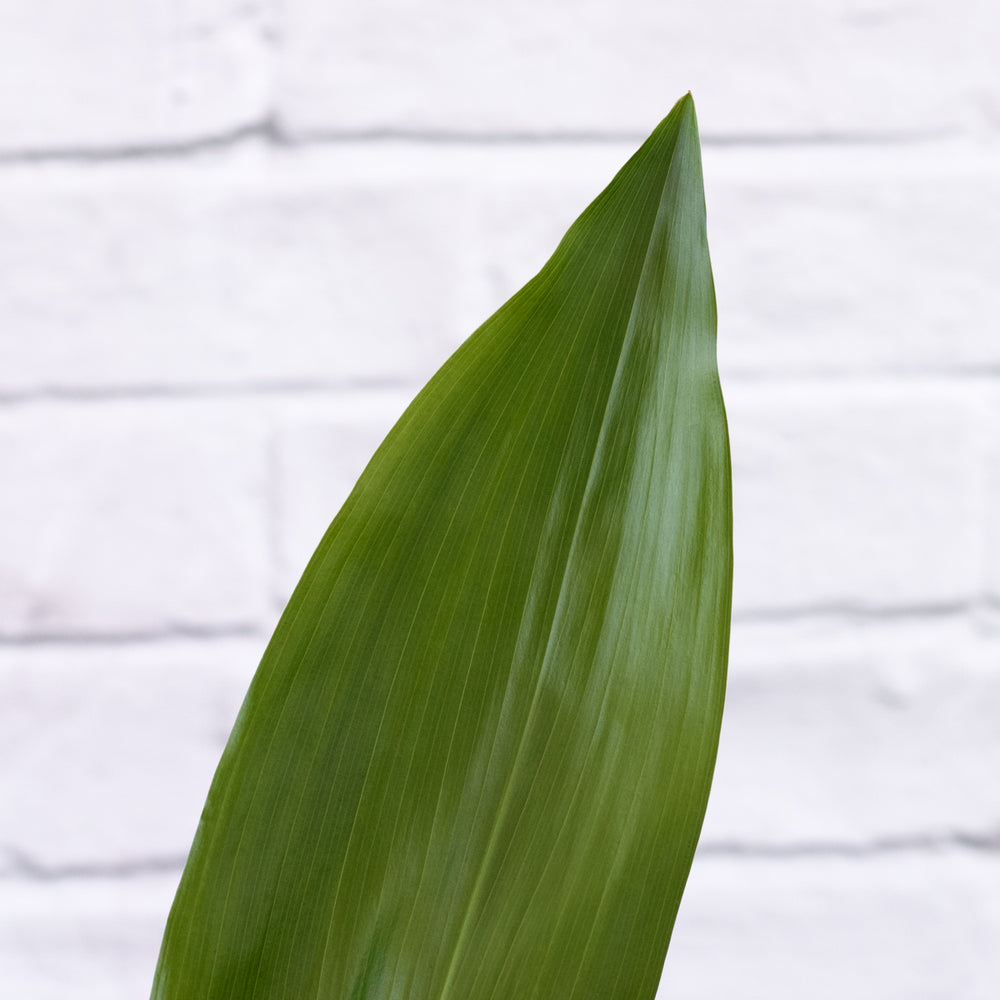
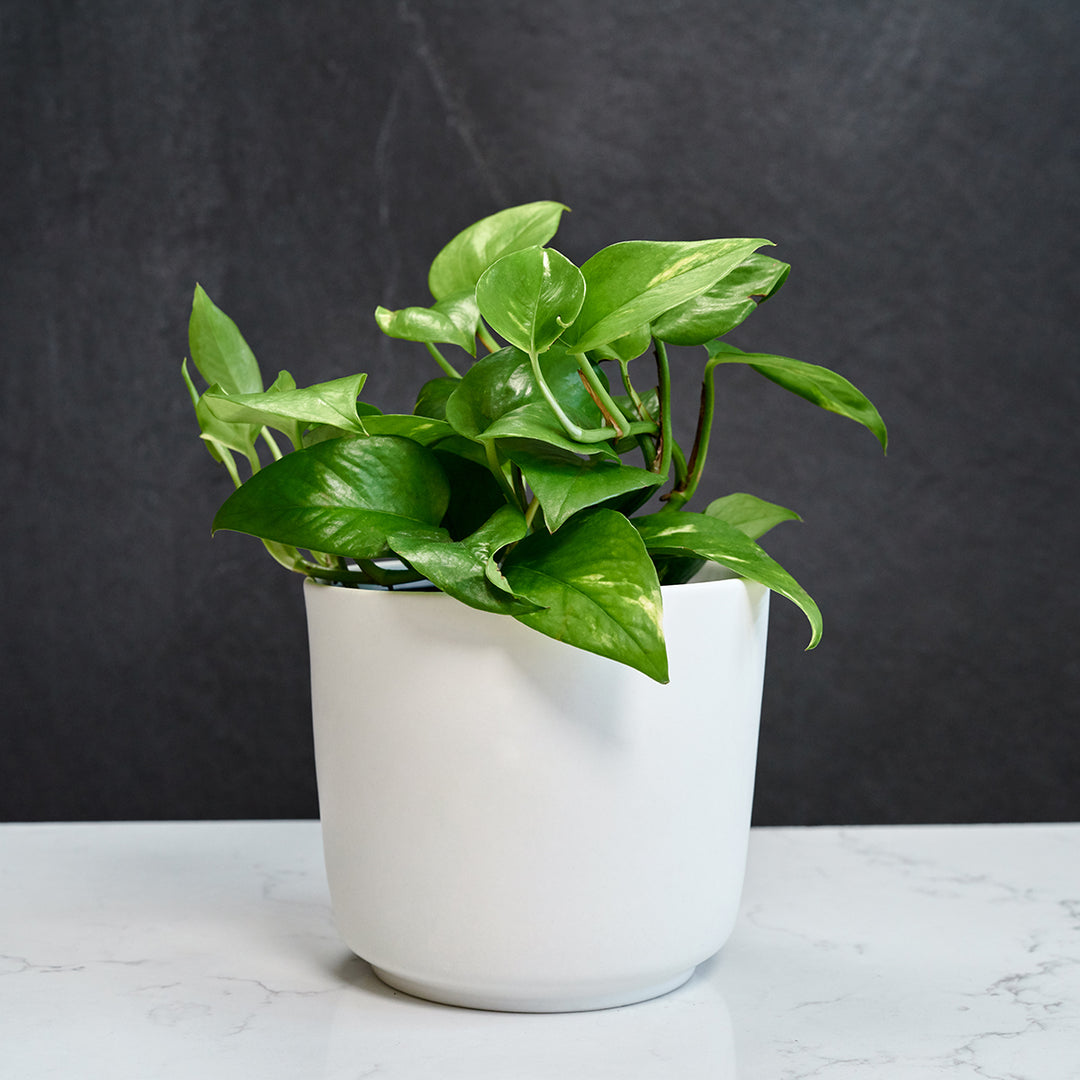
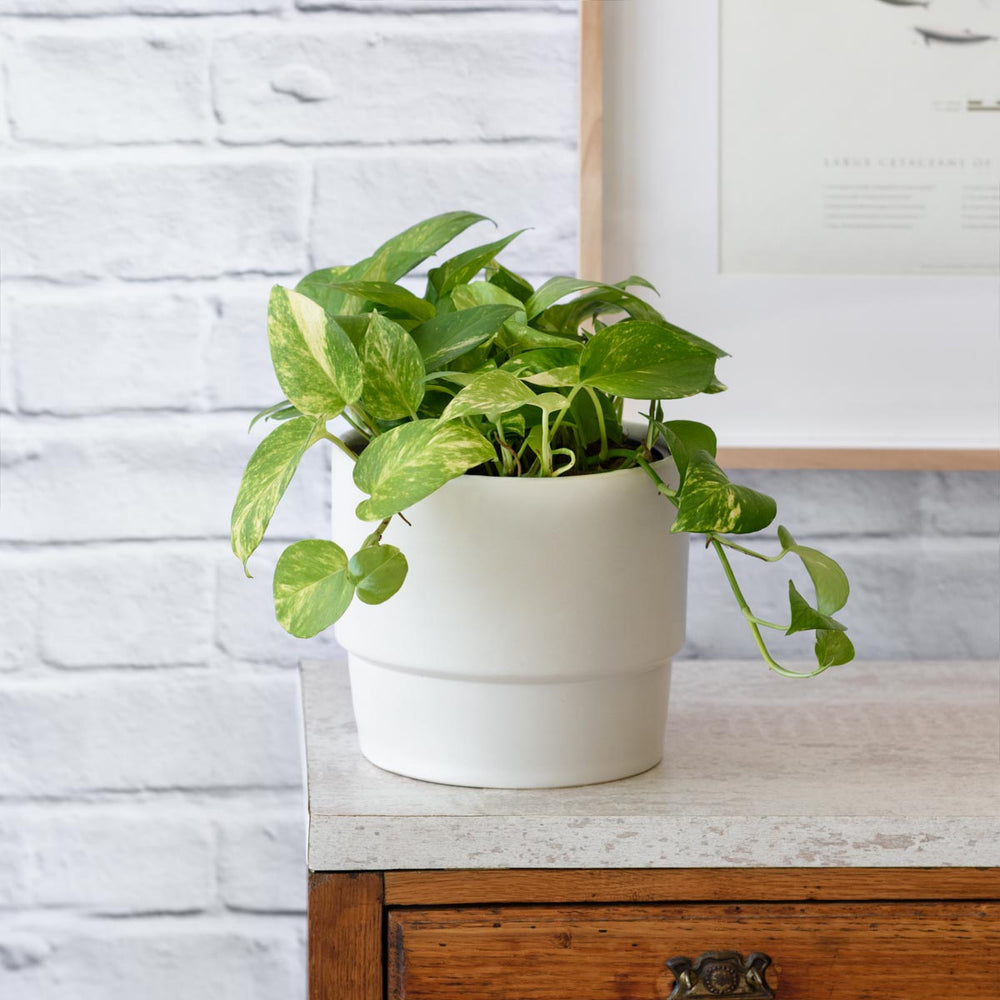
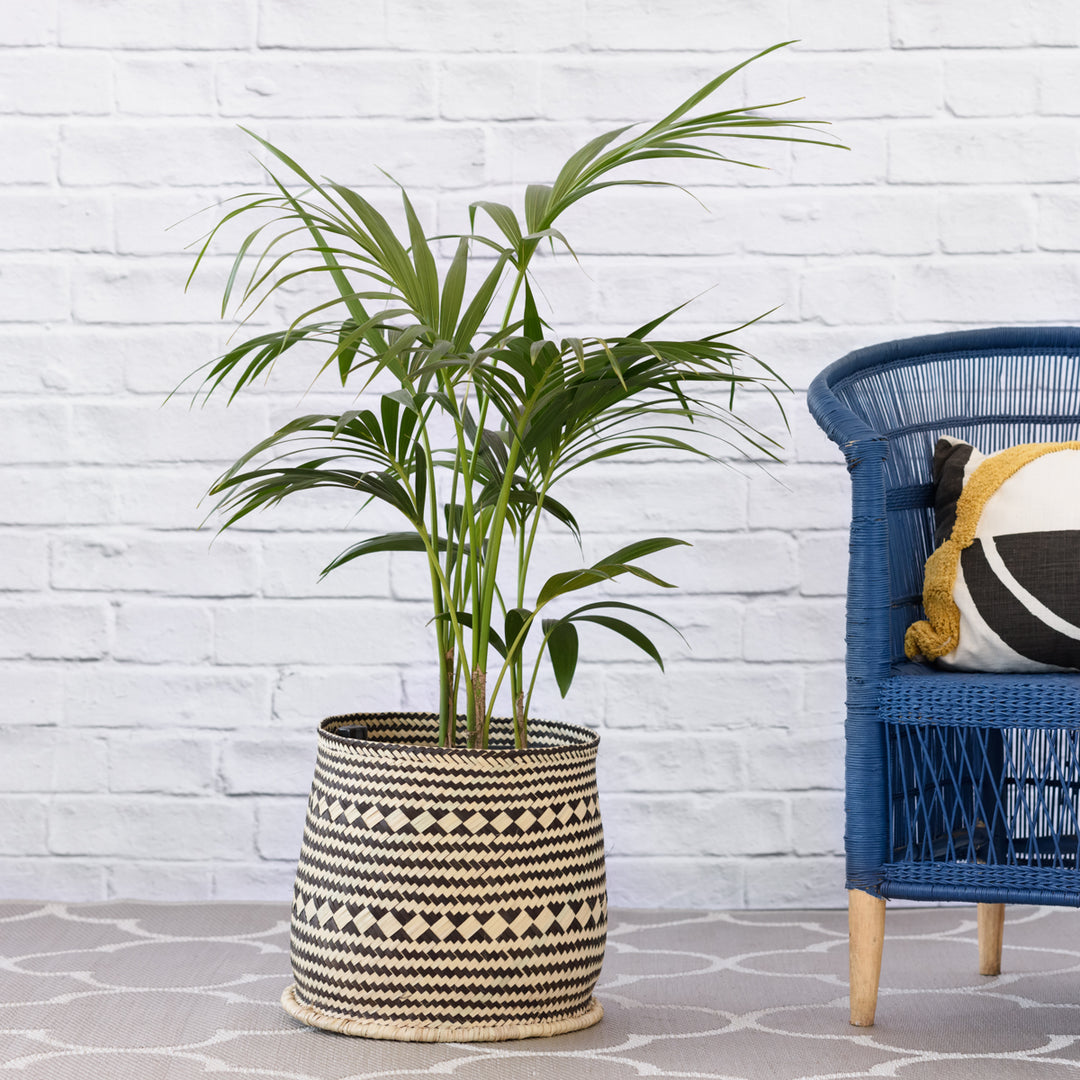
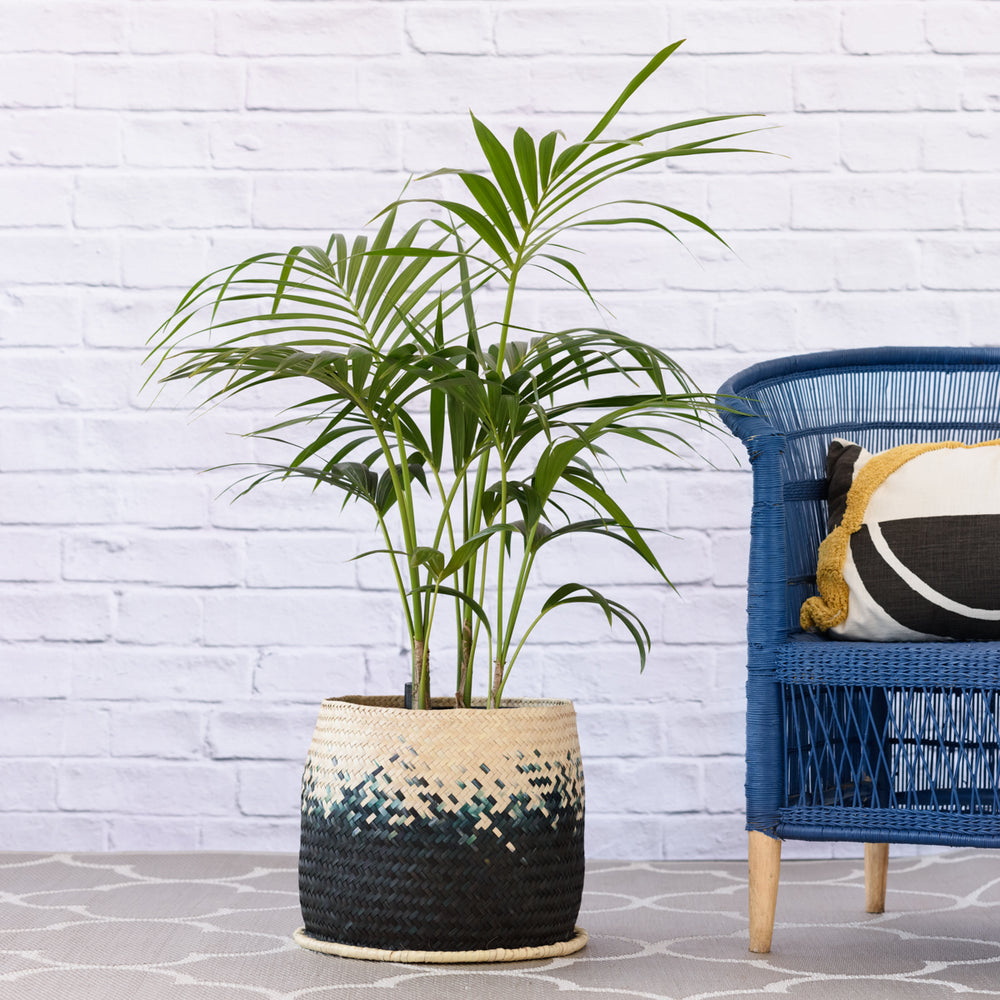
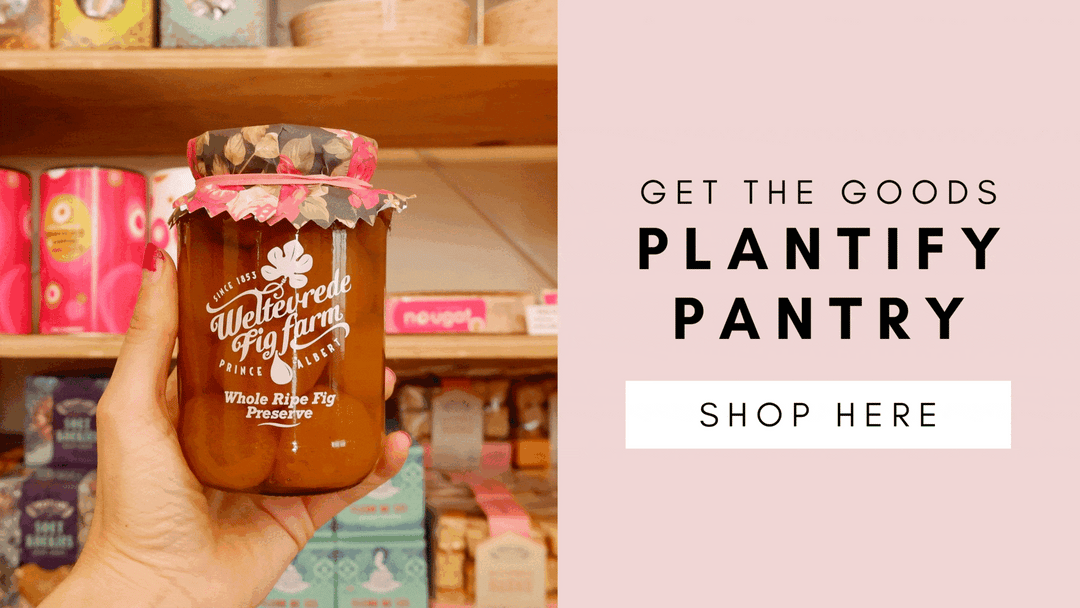
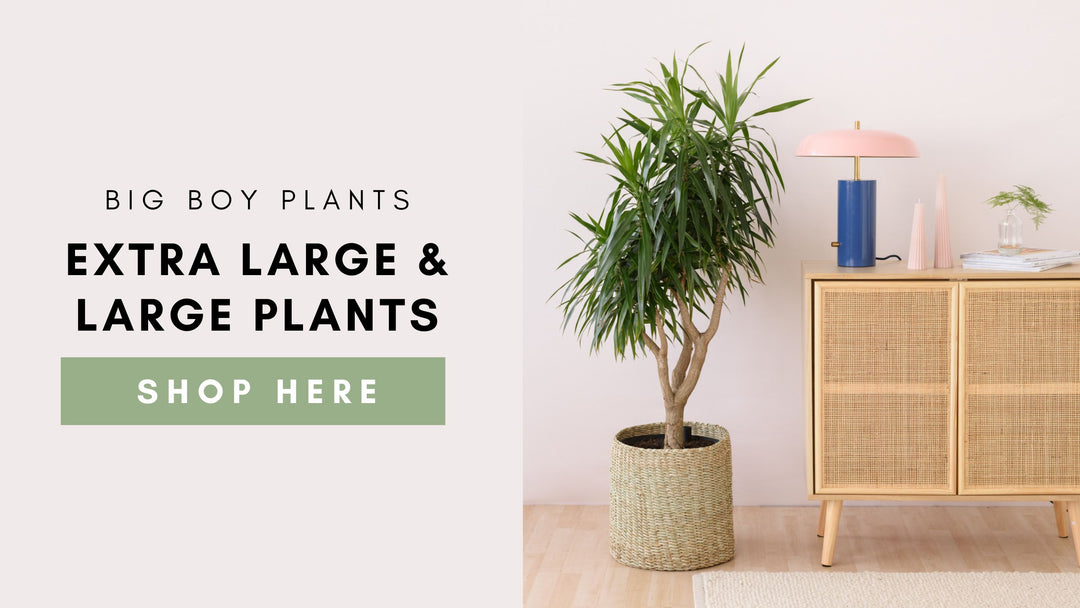
Leave a comment